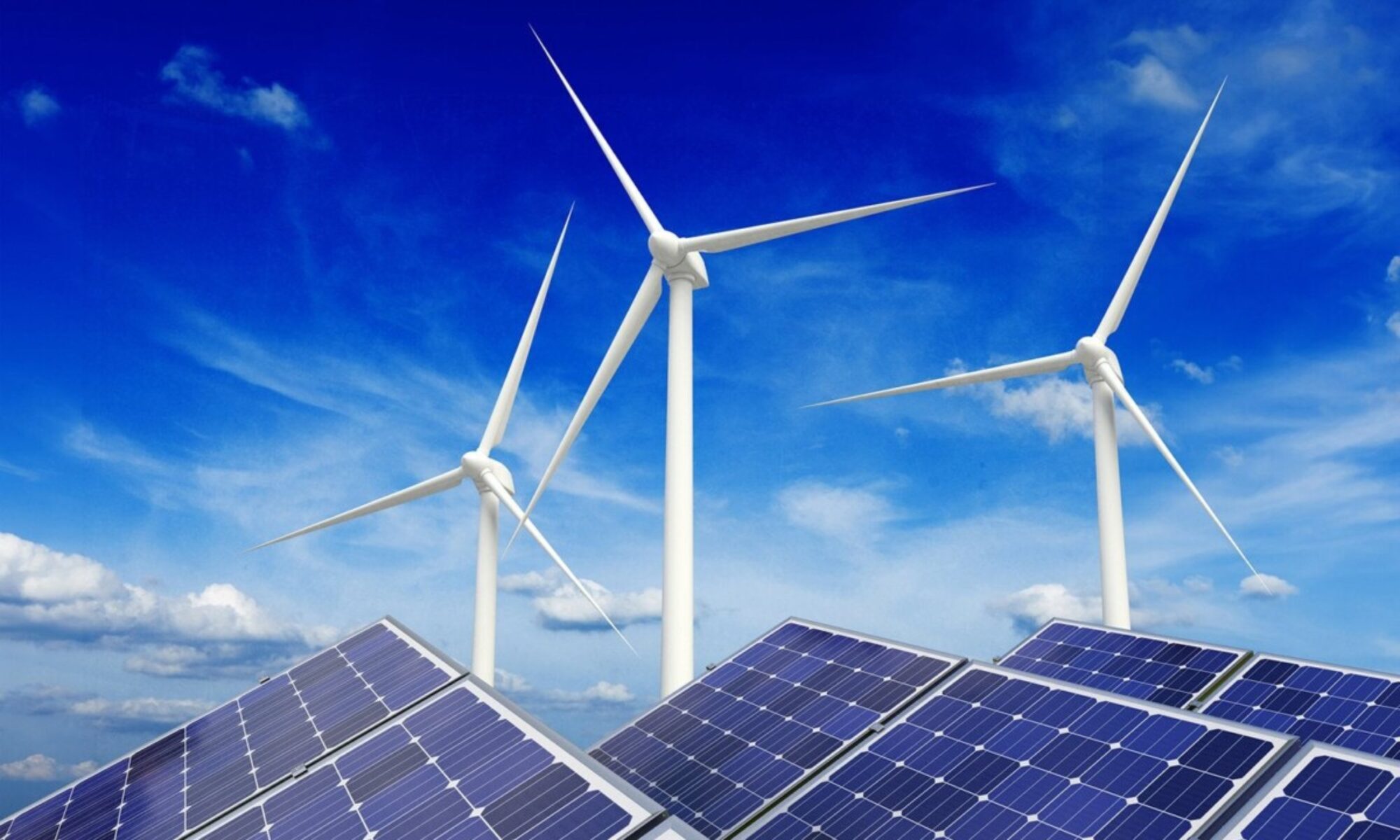Carbon Capture Storage (CCS) works by capturing carbon dioxide (CO2) released by burning of fossil fuels in power plants and other industrial environments and storing it deep underground. The current CCS technology can capture 90% or more of C02 from the atmosphere which is a considerable contribution towards reducing the CO2 concentration in the atmosphere below the threshold.

Source: Carbon Capture for the Last Mile | The Nature Conservancy
What can Carbon Capture Storage (CCS) Technology Achieve?
With the implementation of a renewable source of energy like Solar Technology and the rest the goal of implementing a carbon free source of energy is no longer out of the picture but this is still not enough to bring down the CO2 threshold in our environment to the optimal level. Something more is needed that can eliminate the CO2 already accumulated in the environment. This is where CCS technology comes in to capture the CO2 in the environment for applicable uses like freezing agents, to enhance forestry e.t.c.
Carbon Capture Storage Drawbacks
According to our research report CCS technology boasts the capability of capturing 90% of C02 supposed to be released into the atmosphere. This astounding accomplishment is not without it’s drawback. Despite it’s promising potential CCS is still very expensive to implement on a large scale, this significant economic cost makes large industries to hesitate on investing towards this technology. Because C02 needs to be captured instead being released more energy is expended to complete this tasks which reduces the overall efficiency of this operation.
Future hopes and concerns for CCS
With CCS Technology it is possible to bring accomplish the goal of a clean energy environment with little to no C02 in the environment since carbon fuel still plays a significant role in our source of energy and many more years to come, CCS would play a significant role in reduce the amount of C02 in the atmosphere. Public support is still needed for large scale implementation of CCS which would bring up the scale of the advantages gained from implementing CCS.



